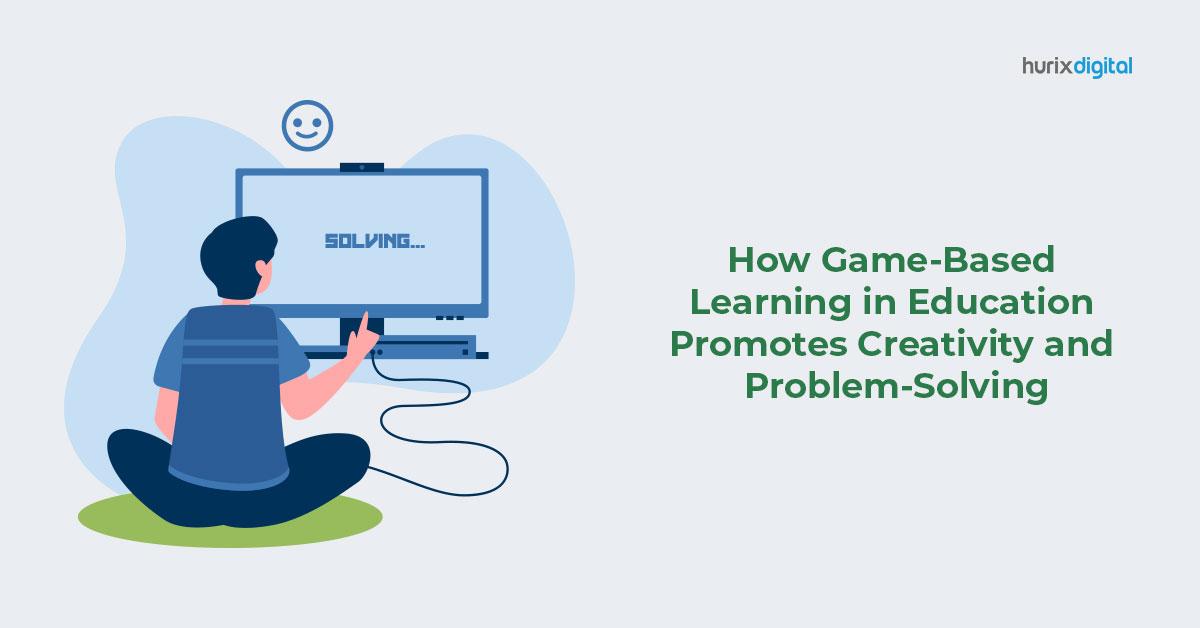Top Challenges in Implementing Game-Based Learning: Key Obstacles & Solutions Explained
Introduction: The rise of Game-Based learning
Game-based learning is transforming classrooms, corporate training, and self-paced education. By harnessing the engaging and interactive nature of games, educators and trainers are motivating learners to achieve better outcomes. From digital simulations and quizzes to immersive role-play scenarios, game-based learning continues to gain traction worldwide. Though, despite its benefits, implementation comes with distinct challenges that can impede success.let’s dive into these obstacles, understand their roots, and explore actionable solutions for smooth integration.
Benefits of Game-Based Learning
- Boosts engagement and motivation: Learners actively participate, leading to improved retention.
- Promotes collaborative and competitive learning: Social interaction and healthy competition foster teamwork and critical thinking.
- Encourages experiential learning: Learners apply theory in practical scenarios, deepening understanding.
- Supports personalized feedback: Games provide instant feedback, allowing learners to track progress and understand mistakes.
- Facilitates flexible, scalable learning: Easily adapts to various subjects, ages, and skill levels through online platforms.
While these advantages are compelling, the pathway to effective implementation is not without hurdles. Let’s examine the top challenges in using game-based learning and how educators can overcome them.
Key Challenges in Implementing Game-based Learning
1. Lack of Resources and budget Constraints
Access to specialized software, hardware, or even simple digital platforms can be limited by budget. Schools or organizations may struggle to allocate funds for purchasing licenses, upgrading devices, or hiring experts to develop custom games.
- High initial costs for game design and integration
- Ongoing maintenance and updates
- Limited access to advanced technology in low-resource regions
Solution:
- Start with low-cost,open-source game platforms (e.g., Kahoot!, Quizizz)
- Leverage existing technology such as smartphones
- Seek partnerships or grants to offset costs
2. Resistance to Change Among Educators and Stakeholders
Some educators may be skeptical about embracing new technology or teaching methods. Conventional mindsets and a lack of familiarity with game-based learning impede adoption.
- Lack of confidence in digital tools
- Concerns about efficacy compared to lecture-based formats
- Fear of disruptions to class management
Solution:
- Provide ongoing training and professional development
- Present research and case studies demonstrating improved outcomes
- Encourage pilot programs to showcase effectiveness in real settings
3. Designing Pedagogically Effective Games
Not every game results in quality learning. Creating games that align with learning objectives while being fun and engaging is a complex task.
- Difficulty balancing entertainment with educational value
- Lack of game design expertise among faculty
- insufficient integration of curriculum into gameplay
Solution:
- Collaborate with experienced game designers
- Adopt instructional frameworks like ADDIE for development
- Continuously gather learner feedback to refine content
4. Assessment and Measuring Learning Outcomes
Verifying learning progress through games can be challenging. Educators may struggle to interpret results and align them with academic standards.
- Unclear metrics for evaluating game-based activities
- Difficulty tracking progress in collaborative or open-ended games
Solution:
- Establish clear learning objectives for each game
- use analytics and progress reports to monitor outcomes
- Integrate formative assessment within gameplay (badges, levels, quizzes)
5. Technical Barriers and Accessibility Issues
Game-based learning platforms may not cater to students with disabilities or those lacking reliable internet access.
- Non-inclusive game designs
- Complex user interfaces
- Dependency on stable connectivity
Solution:
- choose platforms with robust accessibility features
- Prioritize mobile-friendly and offline-compatible solutions
- Encourage universal design principles in game development
Case Studies: Real-World Solutions in Game-Based learning Implementation
Case Study 1: Gamifying STEM Education in Public Schools
A midwestern US school district introduced digital math games to improve engagement among middle schoolers. Teachers received professional development workshops and ongoing tech support. Student scores improved by 17% after three months, and teacher adoption rose thanks to peer-led sessions.
Takeaways:
- Targeted training helps overcome educator resistance
- Peer mentorship accelerates change
- Regular feedback loops keep games relevant
Case Study 2: Corporate Training With Simulation Games
A global logistics company used role-play simulation games to train new hires in supply chain management. The program was piloted in three locations, using low-cost open-source software. Initial skepticism was addressed through data-driven results showing increased retention rates and faster onboarding.
Takeaways:
- Pilot programs demonstrate value before scaling
- Custom simulations can align closely with specific learning outcomes
- Budget-conscious solutions like open-source tools make implementation feasible
Practical Tips for Successful Game-Based Learning Integration
- Start small: Begin with simple quiz or puzzle games, then expand as comfort and expertise grow.
- align with curriculum: Ensure all games target clear educational objectives.
- Prioritize accessibility: Choose inclusive platforms suitable for all learners.
- Encourage collaboration: Mix individual and group-based games for diverse learning experiences.
- Evaluate regularly: Use analytics,surveys,and formative assessments to measure impact and make improvements.
- Engage learners as co-creators: Involve students or trainees in designing game content for increased investment and relevance.
Conclusion: Overcoming Obstacles for Game-Based Learning Success
The path to successful implementation of game-based learning is paved with opportunities and also challenges. Budget constraints, resistance to change, designing effective games, assessing learning outcomes, and ensuring accessibility all represent significant hurdles. But with strategic planning, collaboration, and continuous improvement, educators and organizations can unlock the immense potential of game-based learning.
By addressing these challenges head-on—and armed with proven solutions, case studies, and practical tips—implementation can foster greater engagement, deeper understanding, and more enjoyable learning experiences for all. Embrace the future of education with game-based learning, and turn obstacles into stepping stones for success.

